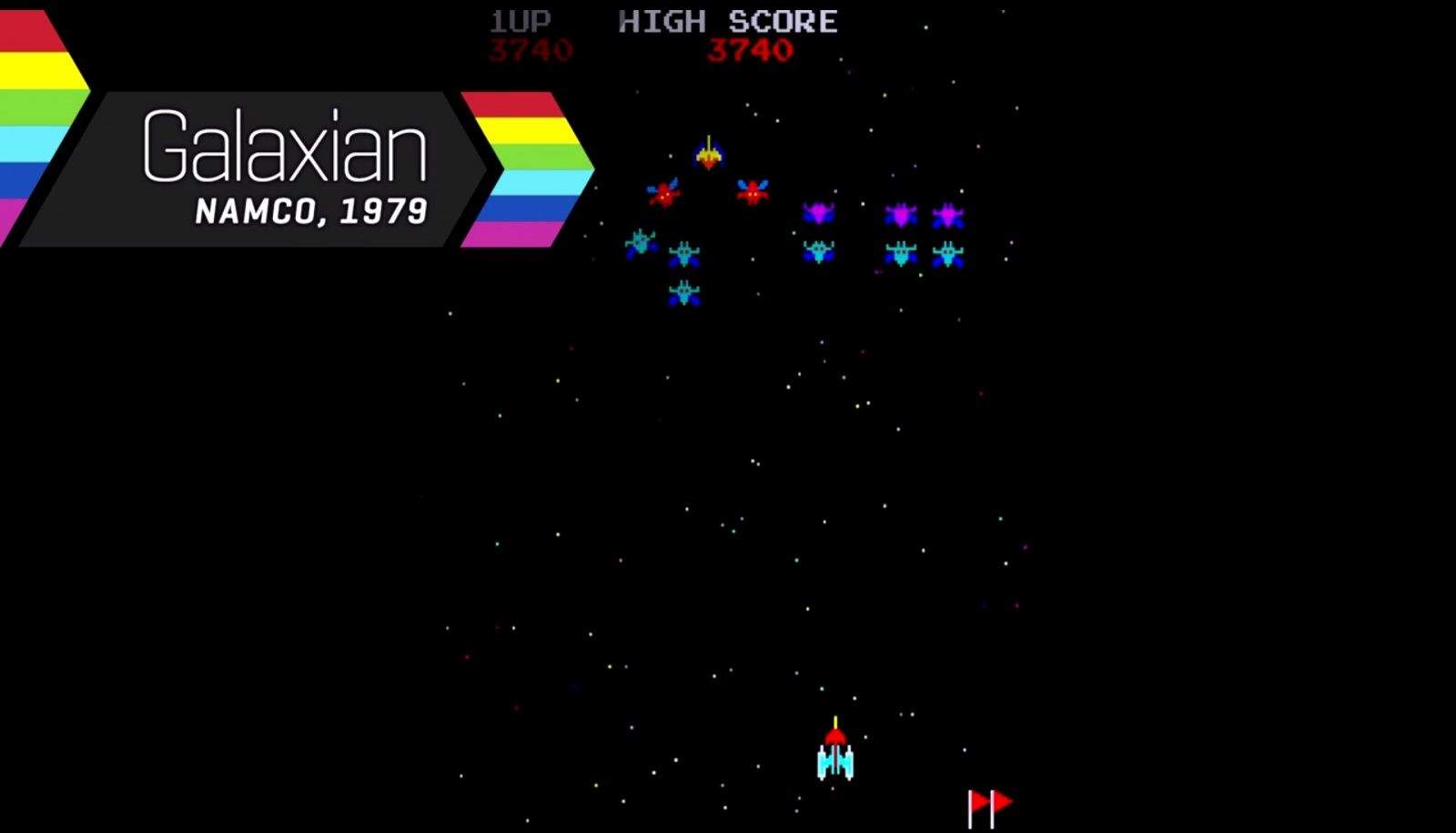If you’ve been alive in the past fifty years or so, you’ve played a video game. It’s a primarily visual art form that uses current-day technologies to provide ever-evolving gaming experiences across generations.
This new series of short, ten-minute videos written and produced by Stuart Brown aim to take a closer look at the evolution of video game graphics, from the simple monochromatic lines of Pong to the incredibly rich and detailed photo realism of today’s games like Crysis, Destiny, and Far Cry 4.
“Graphics are absolutely important,” says Brown in the fifth and final video. “They are an essential part of video games. A window into another world and a prime indicator of the technology that powers it.”
Check out the first two installments below.
In this first segment, Brown explores the first uses of video game visual technology, explaining bitmaps, raster images, and vectors. There’s a charm in these first forays into gaming on a screen, especially from our advanced perspective now. Color graphics was the first exciting technological jump of the initial era, and games like 1979’s Galaxian.
In part two, we’re introduced to sprites, the way game developers created moving characters on the screen. as visual and storage technology improved, so did the detail and color palette of the sprite-based video game characters.
Be sure to check out all five of the videos in Brown’s YouTube playlist, and check out the discussion behind the scenes on Reddit.


